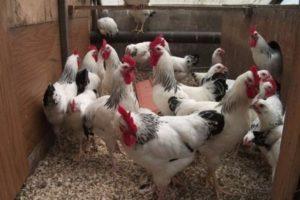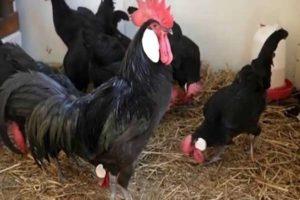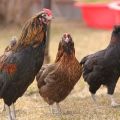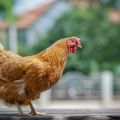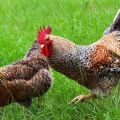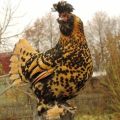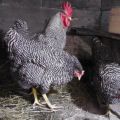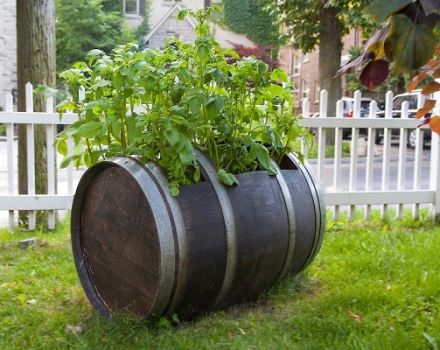Description and full characteristics of the Zagorsk salmon breed of chickens, the subtleties of the content
Although breeders have bred many new breeds of chickens, Zagorsk salmon are happily kept in private farmsteads. Poultry rarely gets sick, eats everything, is highly productive, has a peaceful character, and attractive appearance. Roosters do not attack children, do not fight among themselves until they bleed. Chickens grow quickly, weigh about 2 kg at 3 months.
Breeding history
Salmon chicken was created at a research institute operating in the small town of Zagorsk in the nineties of the last century. To get a hardy bird that lays large eggs, foreign New Hampshire, Rhode Island were crossed with Soviet chickens. The rooster has acquired a silvery black color, the female has a salmon plumage.
Description and characteristics of the breed
The Zagorsk bird inherited the best features from its closest ancestors. The chicken is not afraid of the cold, feels fine in mid-latitudes, does not require expensive feed, and quickly gains weight. Even tiny chickens can tell the sex of a bird.
Males hatched from an egg have a light yellow color, the back of the females is covered with dark spots. After a few days, the chickens begin to crawl out feathers, black in cockerels, the complete opposite of color is characteristic of females. They are light red.
Appearance of chickens Zagorskaya salmon
The body of the bird is folded in proportion, the structure is clearly distinguished. Both females and roosters have an oblong body and a small tail. The bird's crest, painted pink, has blunt ends, the body is covered with salmon or whitish feathers, and black tones are found in the tail.

The rooster has a light head, the same neck, the rest of the body is distinguished by variegated shades.
The yellow beak of the chicken is slightly curved, strong legs are of medium length. Earrings, earlobes and eyes are red in color.
The nature of the birds
The breed created in the USSR is energetic, flies over a high fence, gets along well with other chickens. The bird does not like to sit still, but having got out into the wild, travels through the beds, mastering gardens and vegetable gardens. With strong paws, she pulls out worms, destroys not only the aerial part of the plants, but also the roots. They keep salmon chickens behind a fence.
Males do not attack the owner, calmly react to roosters of other breeds, do not fight to the blood with rivals, and if they do, they quickly disperse in different directions.
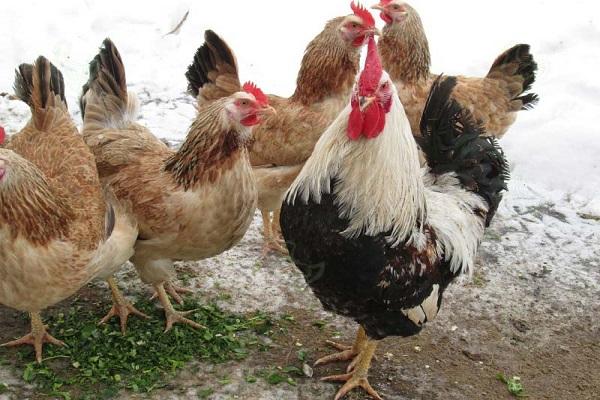
Productivity
Salmon chickens do not complain about appetite.For 90 days, roosters gain at least 2 kg, and adult males weigh 3.5–3.7 kg.
Meat
Chicken is rich in proteins and has a pleasant aroma. 100 grams of the product contains up to 200 kcal, so it is used in dietary nutrition. The Zagorsk breed of chickens is valued for its healthy and tasty meat. Females are fattened up to 2 kg, males - up to 3. With improper feeding, the bird's crest turns pale and increases, obesity occurs.
Eggs
Salmon chickens are bred not only for nutritious and dietary meat. Healthy females begin to lay at the age of 100–120 days and give an average of 200 eggs per year, the weight of which in young chickens is 46–50 g, in adults it reaches 65. They contain a lot of useful components in the form of:
- carotene;
- folic acid;
- Selena;
- luteins.
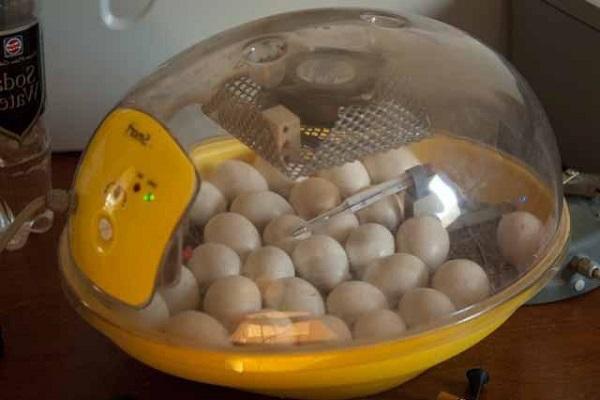
Fertilization of brown-shelled hen eggs exceeds 90%. Only 7-10% of hatched chickens die, the rest grow rapidly, reaching sexual maturity at 5 months.
Main positive and negative aspects
Many chickens have been bred, whose appearance is much more interesting than that of the salmon breed, but the Zagorskaya bird has a lot of other advantages, they include:
- high productivity;
- resistance to cold;
- ease of care;
- the presence of immunity to infection;
- fast weight gain.
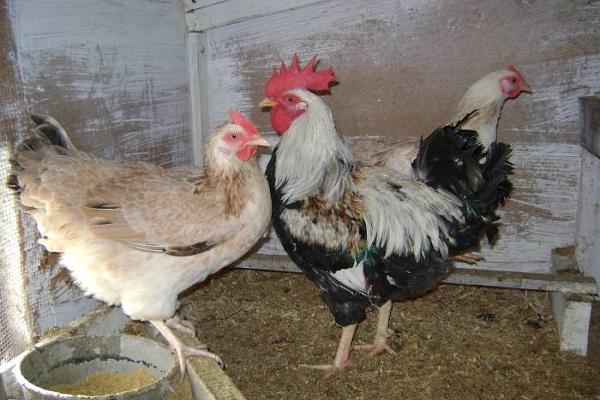
Peace-loving females incubate chickens of other breeds. The disadvantages of Zagorsk chickens include a tendency to obesity. The digestive organs of birds assimilate everything that it can find.
Curious chickens fly over the fence in order to peck flowers, trample vegetables, from this they are not deterred by a high fence.
Recommendations for maintenance and care
Despite the fact that the Zagorsk breed is not afraid of the cold, it must be provided with an insulated dwelling, at least to a minimum of care, otherwise the females will run badly, the males will gain weight more slowly.
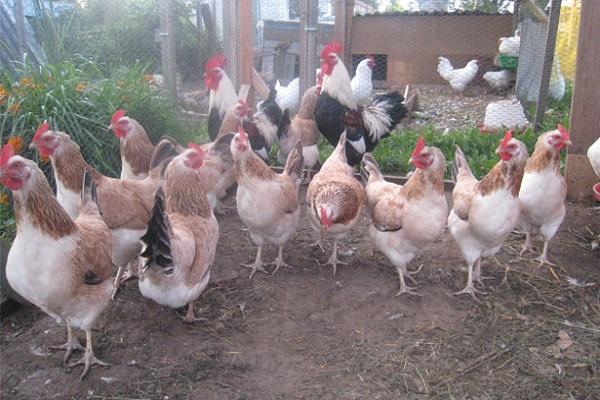
Chicken coop, feeders and drinkers
It is not recommended to keep the salmon breed in cages. Active birds do not tolerate tightness, because they love space. To equip the chicken dwelling:
- They dig a hole for the foundation, taking into account that one bird needs at least a meter of area, and fill it with concrete.
- 2-meter walls are made of wood board or stone.
- The holes are covered with putty.
- A roof is made of roofing material.
- The floor is covered with boards, covered with sawdust.
The house should have at least one window and tightly closing doors. The perches are set at unequal levels. A drinker is mounted at the bottom of the wall, a feeder is placed. In winter, the house is ventilated every day, in spring they clean it, lime the floor and walls, change the litter. The feeder and drinker are treated with an antiseptic once a month.
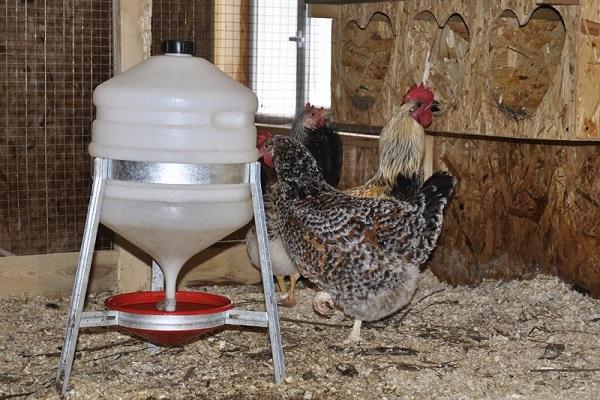
Walking yard
Birds leave an area near the dwelling, fenced in with a high metal mesh. A canopy is built on it from slate and boards, which will protect the chickens from rain. At the place for walking, a drinker is also equipped, river sand is poured into the feeder. Birds that run in the fresh air run better. Eggs store more vitamins and minerals. Movable hens tend to get into the garden, they must be walked.
Bird molt
In the first spring, when puberty occurs in layers, they shed their plumage. The renewal of the epidermis in the Zagorsk breed does not last long, the chicken easily tolerates this natural process. First, the bird's neck sheds, then the back. Then feathers on the belly and wings fall out. In an adult salmon chicken, this phenomenon is extremely rare and occurs with a lack of trace elements, due to an attack by helminths.
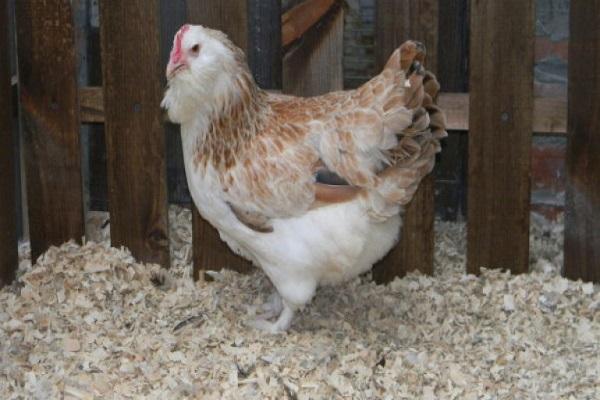
Diet
Zagorsk chickens never refuse food, they feast on husks from boiled potatoes. They use any compound feed, grain, herbs.
Chicks
Chickens hatched from an egg eat up its yolk, and this is enough for babies for half a day. For the first week, hens are advised to give corn grits every 2 hours.After a few days, the diet of the chicks includes:
- chopped nettle;
- cottage cheese;
- boiled potatoes;
- fresh onions.
Chickens are fed with a weak solution of potassium permanganate, given "Bifidumbacterin", which helps to normalize the microflora. When the chickens are 2 weeks old, they can be fed not only with wheat or egg groats, but also with soaked bread and boiled fish. Chickens are given food up to 7 times a day.
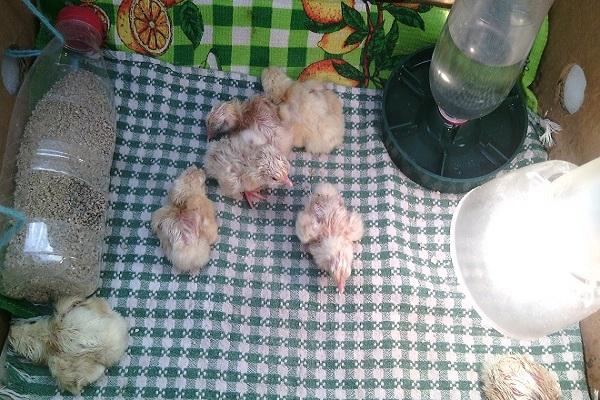
Monthly chicks are released into the yard, where they peck greens with pleasure. The diet of chickens includes waste meat, vegetables, dairy products, coarse grains. Care should be taken to ensure that young birds do not eat worms. At the age of 15 days, chickens are given grass, they continue to feed with boiled yolk and protein.
Adult herd
At the age of three months, the chickens of the Zagorsk breed are already devouring the remains of soup and borscht, young chickens are happy with the scraps from the master's table, enjoying corn with pleasure. In addition to grain, the birds are given compound feed, bran, fish oil, and ground bones. Sand is added to the porridge.
Chickens that rush need protein, fresh greens, in which a lot of vitamins. To make the shell stronger, the birds are fed with bone meal and chalk, you should not give them rotten foods, potato sprouts.
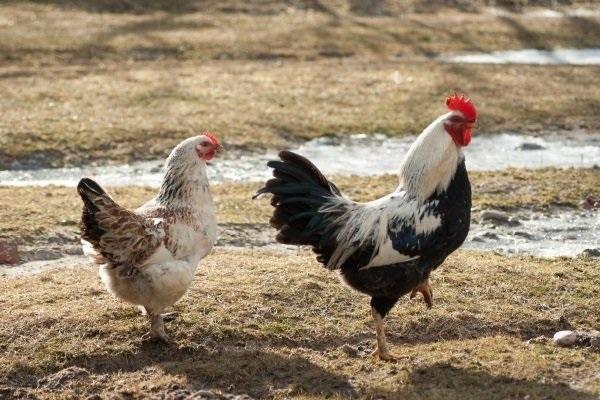
Breeding specifics
Chickens of the Zagorsk breed breed chickens without problems. It is recommended to send the hen to the cage so that other birds do not distract her from hatching the offspring.
For the incubator, farmers select large eggs and leave them for 24 days, gradually reducing the temperature from 38 to 37 ° C. The hatched chicks behave actively, eat the yolk, and less than a month later they peck the same as the adult birds.
Possible problems
Although Zagorsk chickens are immune, they adapt to unfavorable climatic conditions, but sometimes they suffer from diseases. A bacterial infection affects several chickens at once, exposing various organs to a negative effect. Birds can catch salmonellosis, in which the eyes and joints swell and diarrhea begins. They are treated with "Furazolidone".
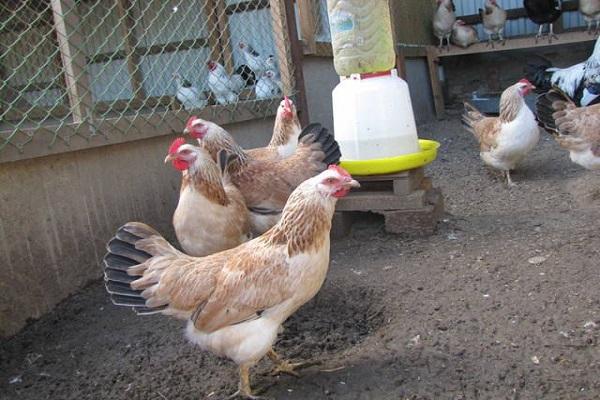
From pigeons or rodents, chickens are infected with cholera. The disease manifests itself:
- temperature rise;
- respiratory failure;
- the presence of blood in the feces.
The use of sulfa drugs helps to save the flock of birds. Pathogenic organisms settle in the tissues of chickens, which damage feathers, injure the skin. In the digestive tract of birds, parasites start up, which destroy the internal organs. In order not to kill the entire flock, infected chickens must be isolated from healthy birds.
If individuals are in unsanitary conditions or in cramped conditions, the dwelling is not cleaned, is not disinfected, the chickens develop diseases, but in this case, it is enough to clean the house, change the litter, and disinfect.
Sometimes a brood hen drives away other females; the problem can be solved by transplanting the chicken into a separate cage. It happens that old birds peck at young animals, which usually happens when individuals are kept in close quarters.
The cost
Salmon chickens are bred with pleasure by farmers and villagers. Unpretentious birds have tasty meat, quickly grow and gain weight, lay large eggs, and are sold at an affordable price. For a young chicken or cockerel of the Zagorsk breed, they ask for 400-500 rubles on the market.
